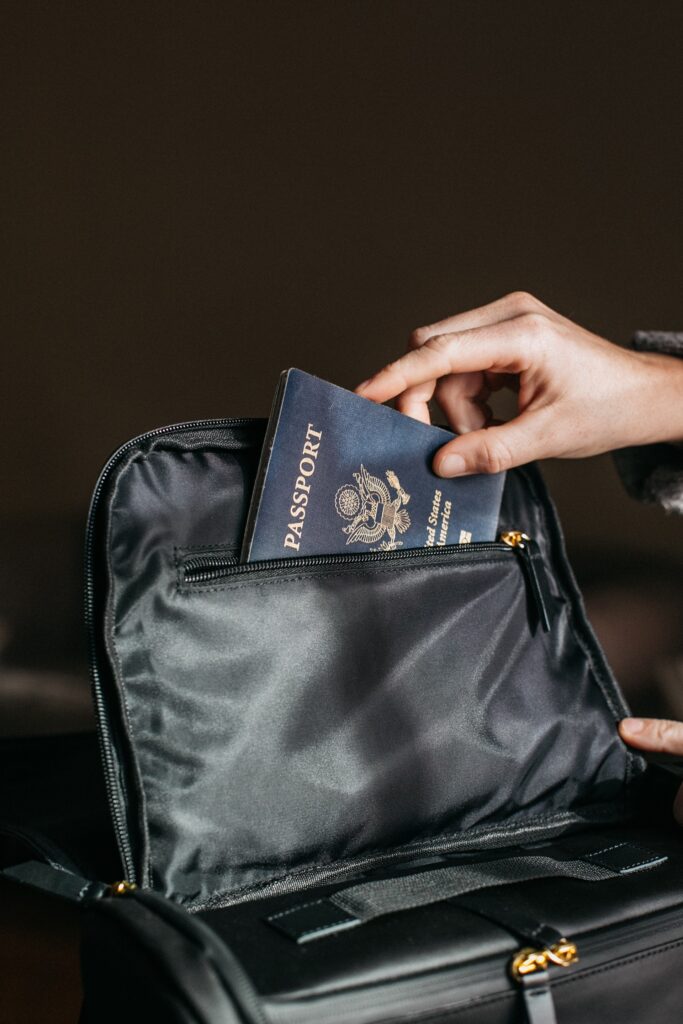Machine embroidery digitizing is an art and not every person can do it. It requires proper years of experience and certain skills to perform it well. In the process, there are different types of stitches that one has to be aware of to conduct the work depending on the different requirements. Basically, there are four types of stitches and other types are created using these basic four types. More importantly, if there is any kind of complex design, it will be made using these four types.
The four basic types of stitches in machine embroidery digitizing are:
- Manual Stitch
- Running stitch is also known as Walking Stitch.
- Satin stitch which is also called as Column Stitch.
- Tatami stitch is also known as a Fill or Ceeding stitch.
In the following blog, we are going to look at the details of each type for a better understanding:
1- Manual Stitch
The first stitch on the list of machine embroidery digitizing is the manual one! It is the most basic type that you can use. Every stitch is made manually with hands without using any kind of automatics. Wondering why? Well, it is the digitizer that controls each stitch when laid on the fabric, it is not the software. This type can be used as a replacement for the auto-generated running stitch when it is not easy to develop the desired effect using the editor.
2- Running Stitch
Next is the running stitch used in machine embroidery digitizing and it is one of the simplest but one of the creative types as well. The length of the stitch can be handled or adjusted using the software. This type is used for the following purposes:
- For enhancing the design details.
- For the sake of decoration.
- Contours that have complex outlines.
- In case of manual understitching
- For designing outlines.
- For the quilt and connection stitches between objects.
- In the case of preliminary stitches.
One of the key benefits of this type is that it will be making less impact on the fabric as compared to the rest of the types.
3- Satin Stitch
It is a type of stitch that is most frequently used. It comprises the stitches that are able to change the angles after the penetration. You can get more than one stitch angle with the satins in the object that is being embroidered. It is important to pay attention to the following points when creating the satin stitch:
- Stitch length, it is essential to avoid too long or too short stitches.
- Stitch angle and density.
- Pull and push compensation.
- Stitch shortening
- Edge shape
One must know that there are various effects that can be applied using the satin stitch. The variety can be due to the use of embroidery software. For instance:
- Feathering (jagged edge)
- Satin stitch with steady width (Satin border, column, and serial satin)
- Radial fill and variable density.
The satin stitches are used for the creation of following objects such as contours, small lettering, covering for fill stitches, and varying geometry columns.
4- Fill Stitch
This type of stitch comprises running stitches that will be forming a pattern according to the needle penetration parameters. An object is made using these stitches that consist of one stitch angle. Note that, there are plenty of parameters that need to be controlled when you are using this particular type of stitch for creating the object. The parameters to consider are:
- Length of the stitch, it is important to get rid of too long or too short stitches.
- Angle of the stitch.
- Pull and push compensation.
- Density and edge shape that can be square, sharp, straight, chiseled, or acute).
Moving on, the different effects that can be applied to the fill stitches depends on the embroidery software. For instance:
- Motif fills as they can be programmed.
- Waving effects, in this, there is a bending of fill at one or two curves.
- Decorative, spiral, and gradient fill
- Textures and feathering.
Remember that the fill stitches are used for big embroidery areas.
Conclusion
Hopefully, now you are aware of the basic stitches that are part of the machine embroidery digitizing. Each stitch has its own use and different properties. You must note that traditionally the two stitches which are part of the machine embroidery are running and satin stitch. If you are planning to get the service for the embroidery digitizing, it is important for you to connect with a skilled company that has good years of experience to get the desired end results.



